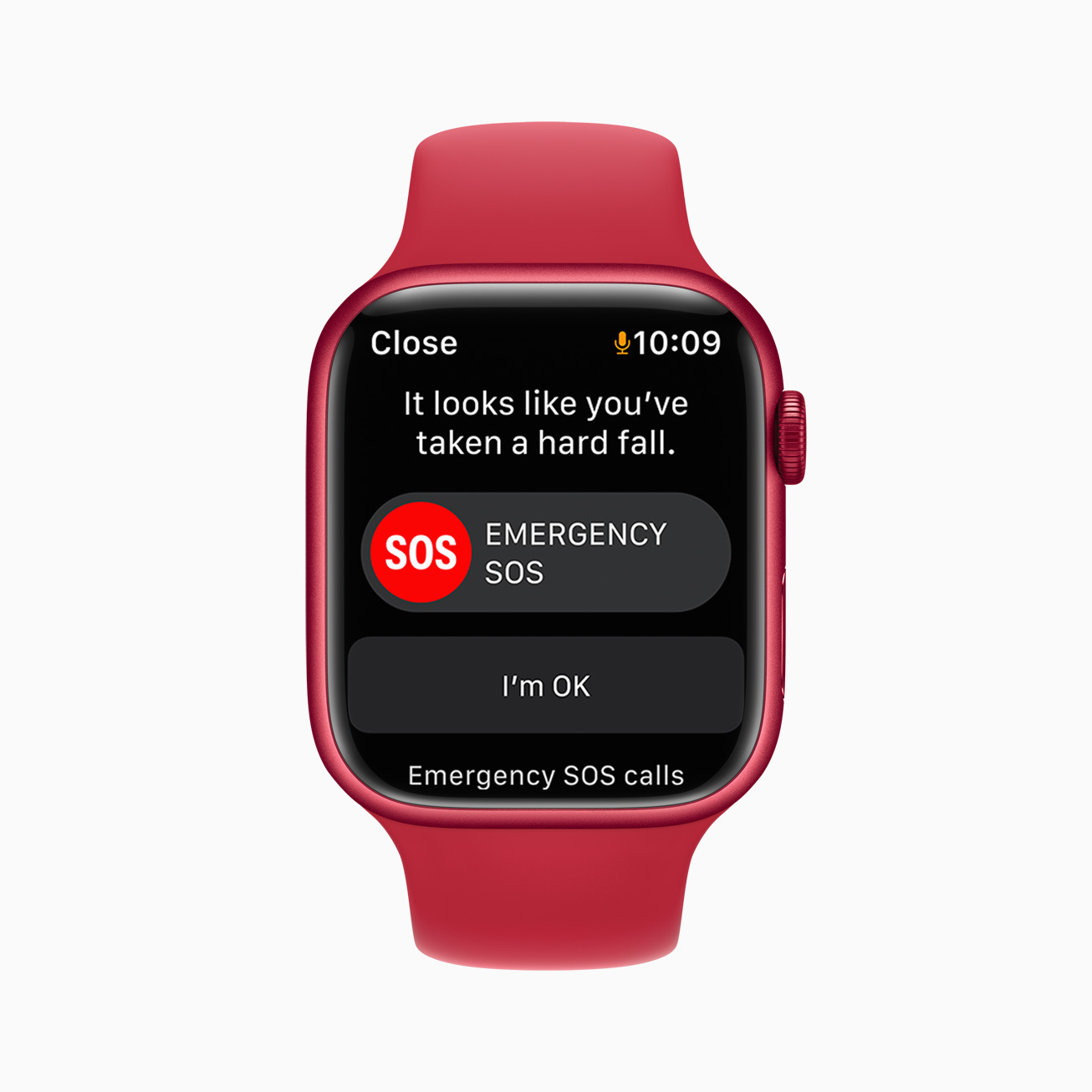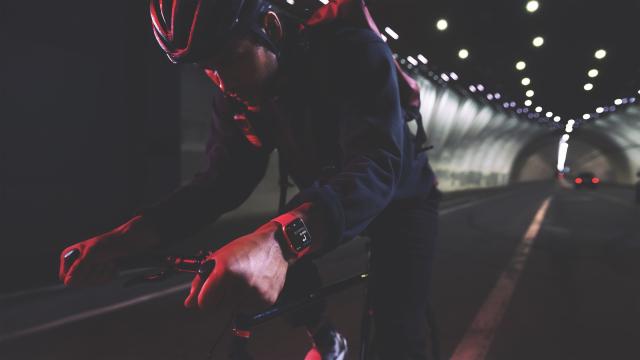One of the big new features that coming to the Apple Watch with Watch OS8 is the addition of fall detection during certain workout types, including cycling workouts. I’ve written before about how, as a technology journalist, there is no such thing as accidents, merely double-blind randomly simulated drop tests. On Saturday I was given the opportunity to test the regular Fall Detection feature, in advance of the rollout of the fine-tuned workout fall detection, and I’m pleased to report that it works as advertised. Here’s what happened.
My unexpected test of fall detection happened in typical cycling conditions: I was riding down a busy road when a car suddenly turned in front of me without indicating. In my haste to avoid T-boning the vehicle, I missed seeing the large, parallel crack in the road which my front wheel promptly got caught in. That sent me, my bike and my cookie delivery bag flying, ending in a dramatic slide a bit more than a metre down the road.
Here’s how my Apple Watch Series 7 handled the incident:
Shortly after I first bounced off the ground, I felt my watch vibrate, presumably saying it detected a heavy fall. It took me a little while to be able to start getting up, so it began sounding the fall detection alarm which gradually got louder. My main priority was getting me and my stuff out of the bus lane, so I didn’t get a chance to tell the watch I was OK, but because I started moving, it stopped the countdown to automatically call emergency services.
But, until I told it I was OK, it didn’t stop the alarm and the option to swipe to call emergency services stayed up. That’s important, because if someone is OK enough to get off the road, but still needs urgent help, it’s much easier to just swipe the request for emergency services than pull out a phone or try to operate the watch.

If you do tap the ‘I’m OK’ option before realising you’re less OK than anticipated, you can just press and hold the longer button on the side of the watch to bring up emergency calling options.
Had I remained immobile, the watch would have automatically called emergency services and messaged my emergency contacts after one minute.
Interestingly, despite there being many witnesses to my accident, and the watch letting out a loud alarm sound, no one stopped or offered assistance at the time. It wasn’t until about 5 minutes later that a passer-by stopped their car to ask if I was OK (presumably alarmed by the blood dripping down my face). (I am completely fine, just some cuts and bruises. The chin is just surprisingly vascular.)
Aside from testing fall detection, this fall also served as a useful drop test for the Aluminium Apple Watch Series 7 and the new iPhone 13 Pro Max. I’m pleased to report that both handled the incident admirably (as did my Bontrager pannier, btw – only one of the cookies broke).
Judging by the bruises, the watch likely would have made impact with the ground at some point (albeit covered by my jacket sleeve), and yet there’s not a scratch on the watch face.
The iPhone 13 Pro Max was in the front pocket of my jacket, which definitely scraped along the ground for a reasonable distance. The pocket it was in is a bit shredded, but the phone itself is completely fine. There is a small dent and some scratches on the plastic portion of the official Apple leather case that goes around the cameras, and some very, very light scratches on the phone screen, but aside from that it’s 100 per cent fine.
Fall Detection is turned on automatically on watches for people aged 55 or over. If you’re younger than 55, I highly recommend turning it on in the Apple Watch app on your phone:
Apple Watch App > My Watch tab > Emergency SOS > Turn Fall Detection ‘On’. When the workout-tuned fall detection comes later this year, fall detection will be on by default during workouts for 18-55 year olds.
Also, as an aside, I highly recommend wearing jeans, thick gloves, a MIPS helmet and some kind of jacket when cycling. Those things definitely saved my skin. Stay safe.
